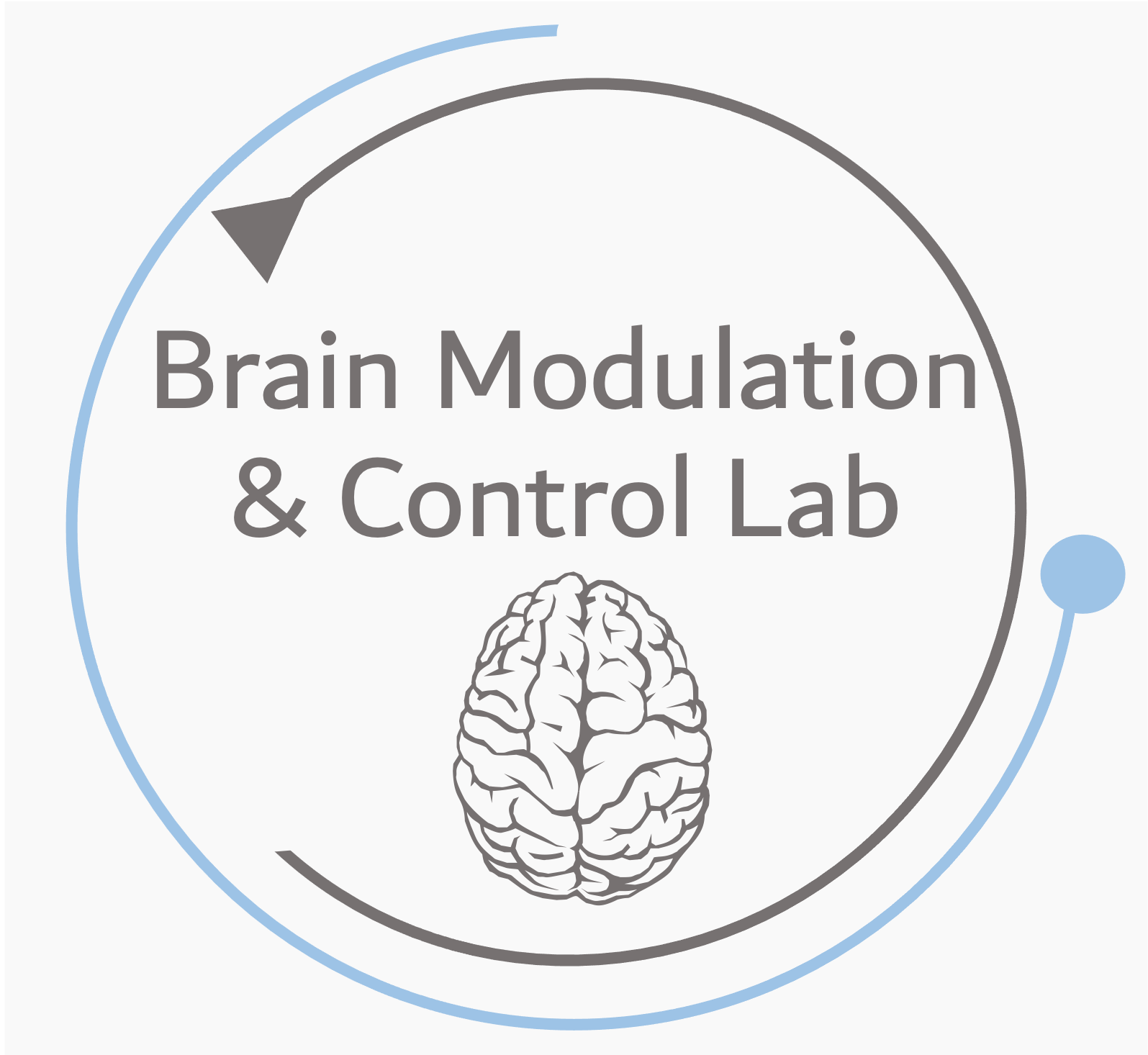
Cognitive Effort
We study how people learn and make decisions about cognitive effort in healthy and disordered populations. Our work uses a multi-modal approach combining computational modeling of behavior with peripheral physiology (eye-tracking, pupillometry, and heart rate) and brain imaging (fMRI, EEG, and PET). We find that people treat tasks that require cognitive control as effort-costly and that they avoid those tasks depending on the perceived benefits versus costs.
People with different kinds of neurological and psychiatric disorders – e.g. depression and schizophrenia – avoid effort more than healthy adults, and effort cost sensitivity predicts worse outcomes in social, occupational, and academic domains. Older adults also find cognitive effort to be more costly than younger adults.
Striatal dopamine plays a key role in both learning and deciding about cognitive effort. This depends on individual differences in dopamine function and can be modulated pharmacologically with drugs like methylphenidate.
Brain Criticality, Working Memory, and Cognitive Control
The human brain is a complex, dynamical system which appears to operate near the boundary of a phase transition – at a critical point – with the right mix of excitation and inhibition to support both stability and flexibility necessary for cognitive function. An impressive body of theoretical, computational, and empirical work has argued for brain criticality in healthy adult brains, with functional implications for lower-level perceptuomotor faculties.
Our work is aimed at testing predictions about the implications of criticality, and divergence from criticality, for higher-order cognition including working memory and cognitive control. We study brain dynamics using EEG and fMRI and manipulate the balance of excitation and inhibition with transcranial magnetic stimulation. We also study how brain criticality is altered in people with psychiatric conditions and as a function of brain maturation and brain aging.

